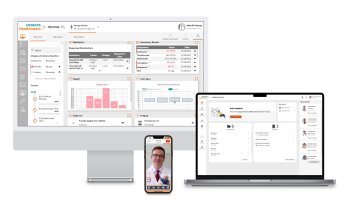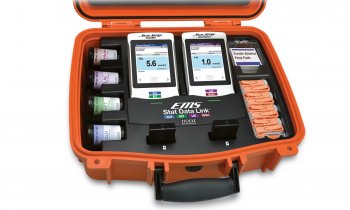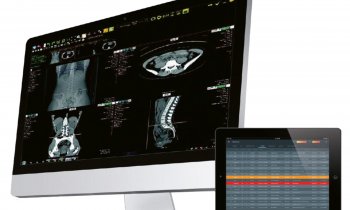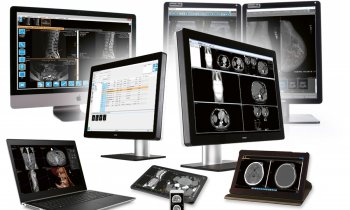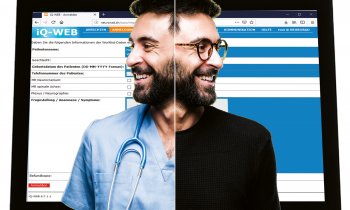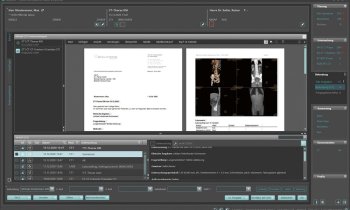The pros and cons of hospital IT
A study* to assess the usability of hospital IT in Germany by focusing on effectiveness (functionality), efficiency (software ergonomics) and application support, has been published by the German association of manufacturers of healthcare IT solutions (Verband der Hersteller von IT-Lösungen im Gesundheitswesen – VHITG).
4521 participants from 378 hospitals returned the online questionnaire, and 1003 of the questionnaires, from 158 hospitals, were completely filled in. They thus constitute the largest data pool on usability of hospital IT to date in this country.
Time lost for patient care
The participants' assessment of the direct benefits of hospital IT for patient care was ambivalent: While on the one hand the availability of patient data and, to some extent, increased patient safety, the use of hospital IT on the other hand requires time, which becomes no longer available for actual patient care.
User style guides needed
Many users pointed at an important problem of hospital IT: the different approaches to operating the equipment. The introduction of stricter style guides for user interfaces might help alleviate this weakness. Platform-specific style guides, such as that of Microsoft Windows, could help users to master the equipment faster and more easily and they could potentially lead to a uniform interface across systems. However, such harmonisation is not solely the manufacturers’ responsibility. It is recommended that the hospitals themselves use project-specific style guides when defining their parameters and develop an equipment operating concept to ensure unified software usage throughout their facilities.
In general, application support was rated to be good, although user groups who deal directly with patients considered response times not always adequate.
Role models
As for the availability of required information, intensive care and patient data management systems may serve as role models. In particular, intensive care systems successfully focus on the core objective of presenting data in such a way that they really support decision making. However, many other hospital IT systems scatter information in too many windows – which seems particularly noticeable in radiology systems and which indicates significant differences in quality, be it in the products themselves or in their implementation in the individual hospitals.
Functionality of the sub-systems appears to depend largely on their integration into the overall hospital IT environment. In this, systems in radiology, intensive care and business management did well. Clinical work stations and patient management systems play a special role because they are the leading systems into which the other systems have to be integrated.
Software ergonomics
Specialised and department systems received overall better grades than clinical workstation systems in their more comprehensive approach. This supports the assumption that the better described the tasks and solutions a system is expected to support the easier it is for the software to comply with those expectations. The parameters to evaluate software ergonomics are: suitability for the task, ease of use and conformity to expectations. In general, all systems surveyed rated much better with regard to these parameters than SAP/R3, a widely used reference system.
* The study (in German) is available at www.vhitg.de/Ergebnisse/Publikationen. Authors: BB Bundschuh, R Majeed, T Bürkle, K Kuhn, U Sax, C Seggewies, C Vosseler, R Röhrig (director)
07.07.2010






